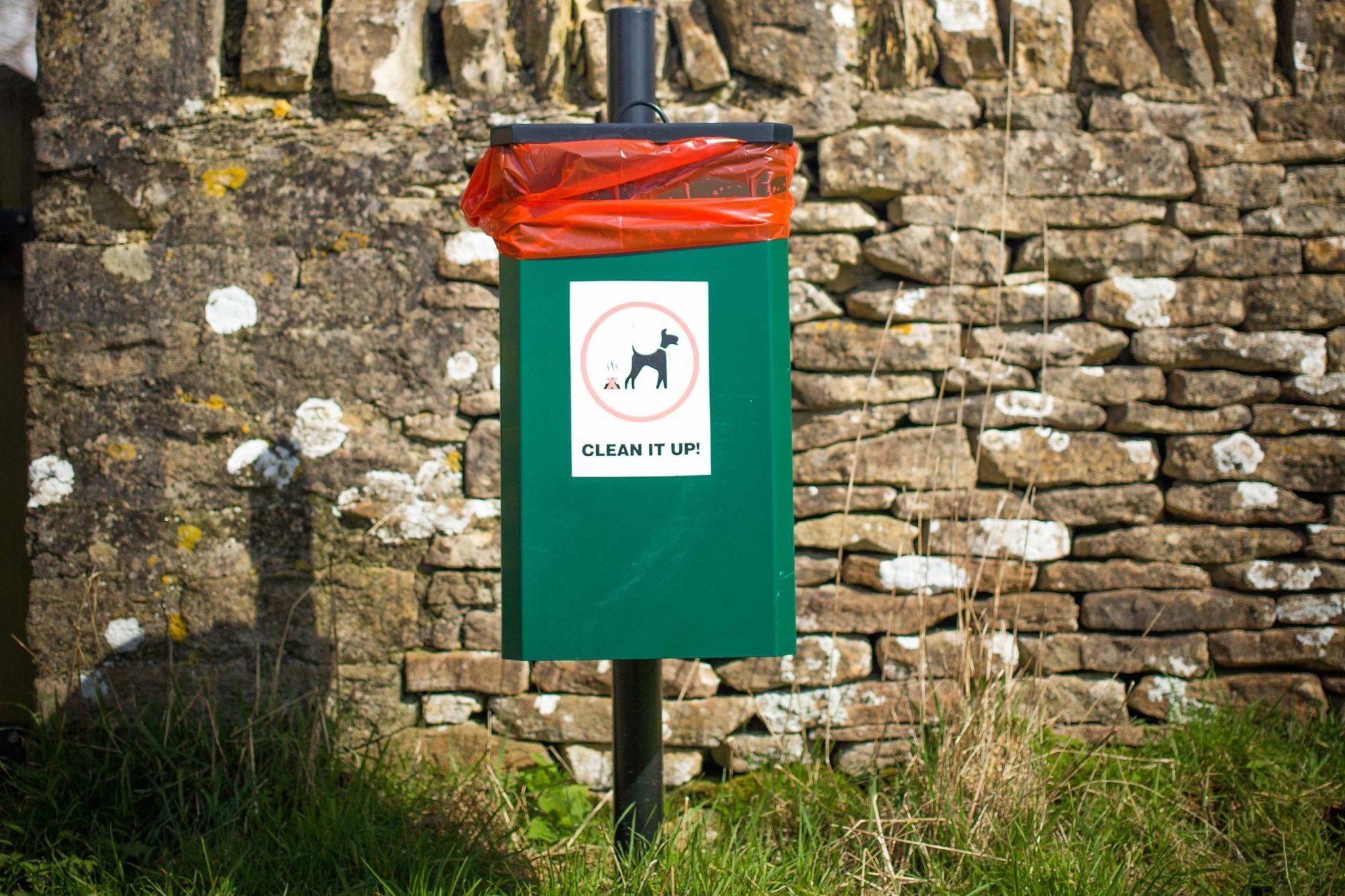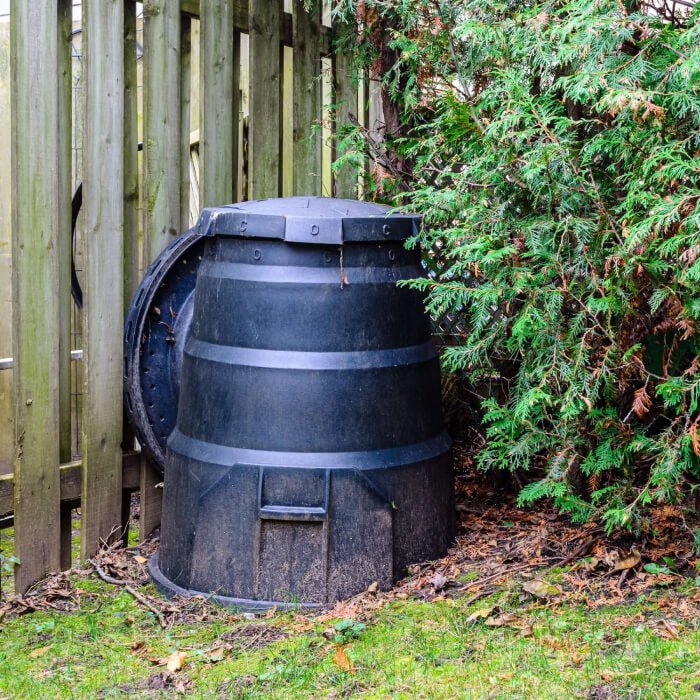A Direct Impact
The Mammal Society estimates that domestic cats in the UK kill around 100 million prey items every year, of which 27 million were birds (not counting the creatures the cats didn't bring home). In the USA, the yearly estimate is 1.4 billion to 3.7 billion bird victims and 6.9 billion to 20.7 billion mammals, most of which were native rather than invasive species. But before you go locking your cat up, it must be noted that despite the large number of wildlife caught, there isn’t scientific evidence to prove that these kills are causing bird populations to decline. This may be because cats mostly catch sickly or weak animals that may have died naturally anyway.
While not relevant in every country, globally, dogs have contributed to the extinction of nearly one dozen wild bird and animal species.
The world’s dog population lives in a range of conditions, from feral to free-ranging to entirely dependant on humans. It is said that dogs now threaten nearly 200 species worldwide, some of which are critically endangered. They can impact wildlife in several ways, by killing wild animals, disturbing ecosystems, transmitting disease, competition for prey, and also interbreeding with closely related species. Some of the regions which are most impacted by these issues are South-east Asia, Central and South Americas, Asia and Australia. In Europe and the UK, domestic dogs are interbreeding with wolf populations and disturbing or killing wildlife and livestock. For example, on small nature reserves the mere presence of dogs can cause a 40% reduction in bird species across the whole reserve.

an indirect impact
One Flea Treatment Of A Medium-Sized Dog With Imidacloprid, A Common Flea Product, Contains Enough Pesticide To Kill 60 Million Bees?
With 4 tonnes of imidacloprid sold every year in UK alone, the impact on of our pet’s parasite treatments and medicines on wildlife have likely been underestimated. New research has shown that two common flea treatments are poisoning rivers across the UK, posing serious risks to insect and bird populations. One such flea product, fipronil and it's highly toxic breakdown products, were found in 99% of samples taken and were 5 and 38 times higher than their chronic toxicity limits, respectively. Washing of our pets is known to flush these potent pesticides into sewers and then watercourses.
Of course, we still need to protect our pets from certain external parasites which can be the cause of disease transmission and ill health - therefore a lot more research in this area is desperately needed to determine which products are safest to use.






Leave a comment